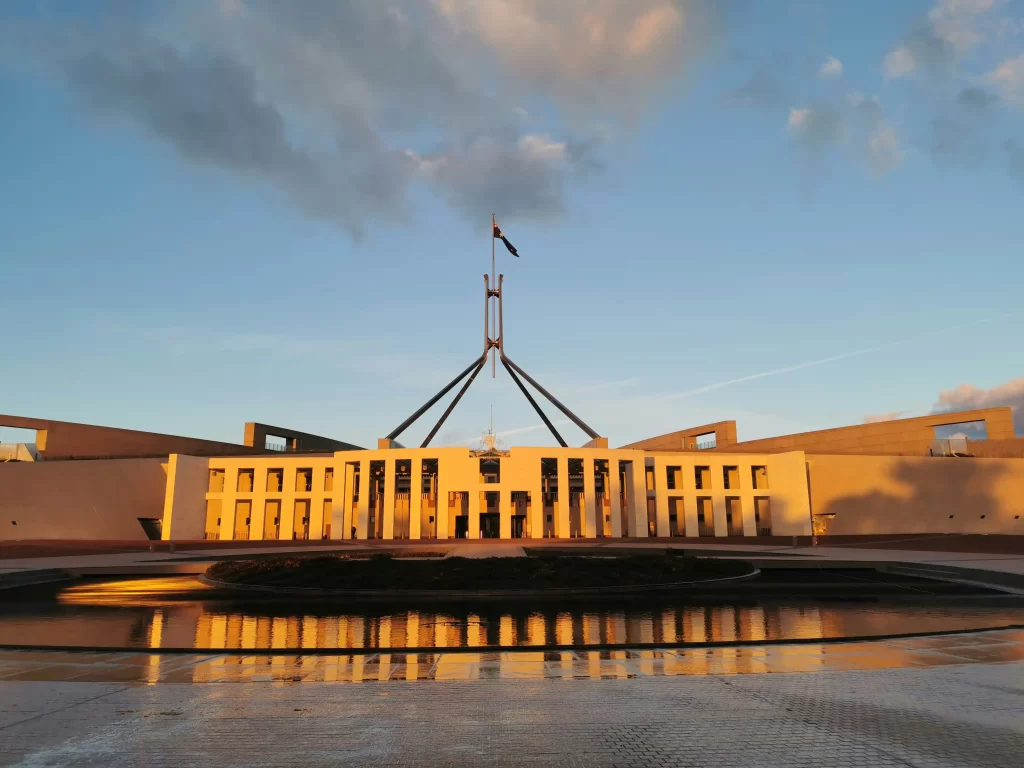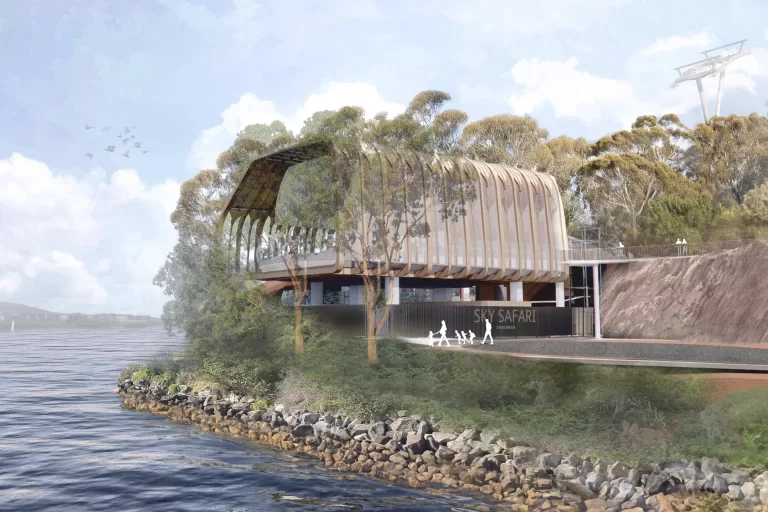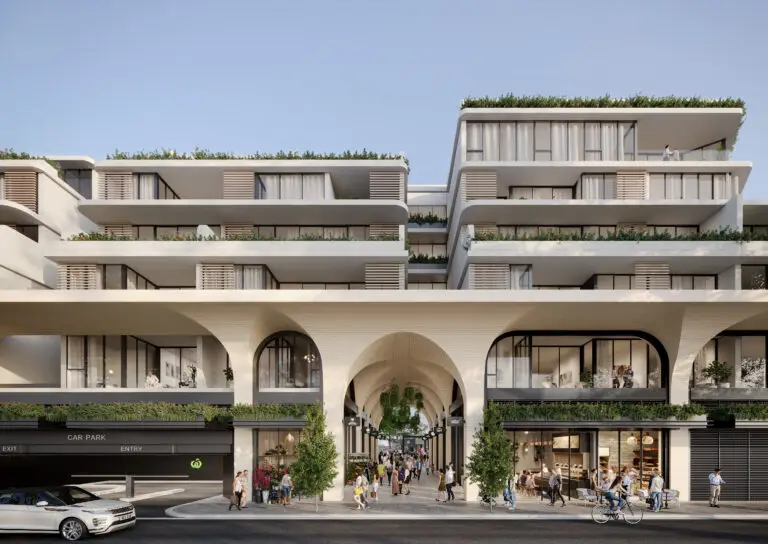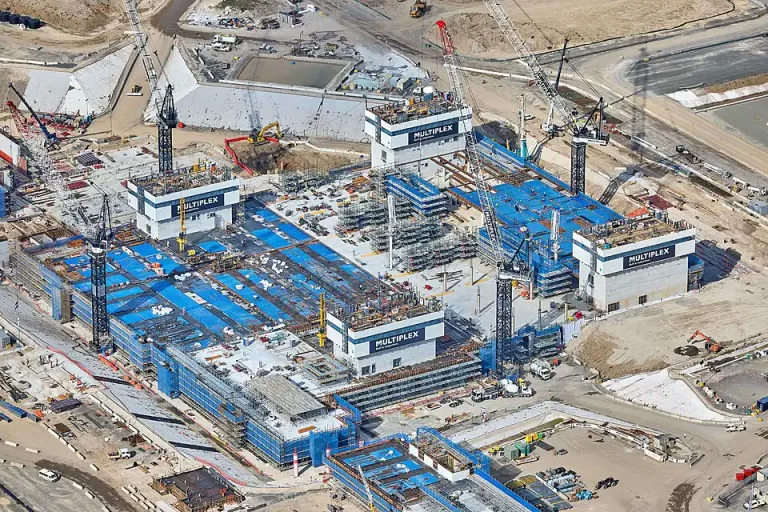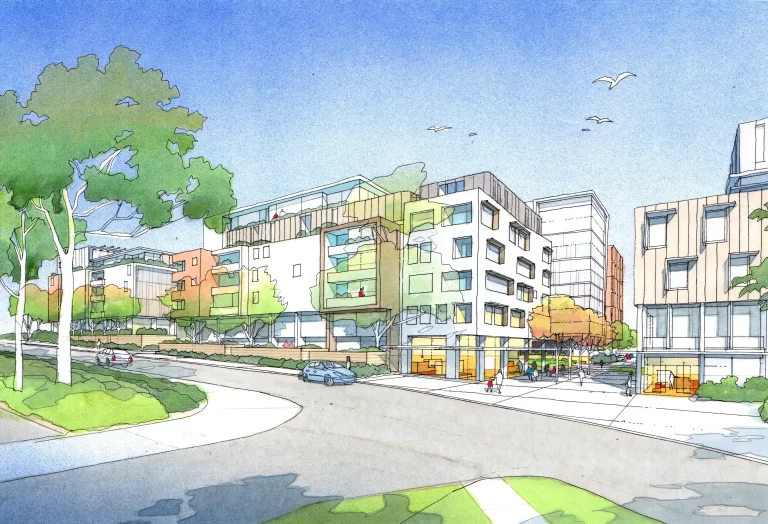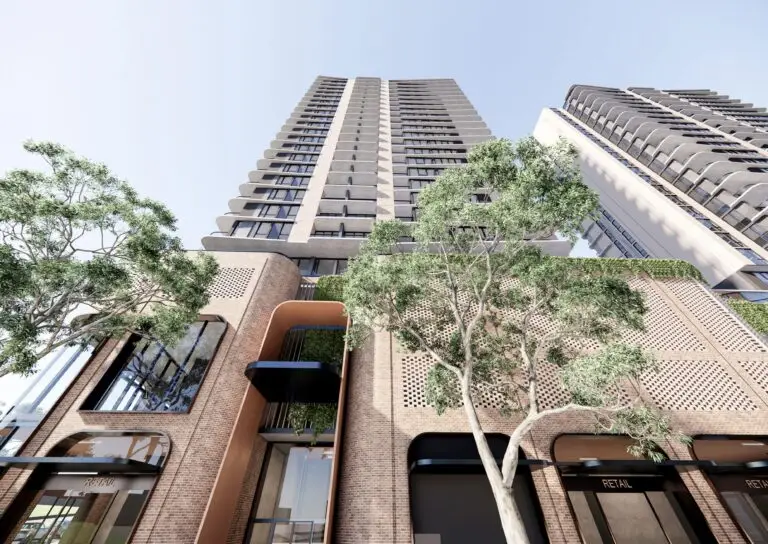The Australian Government’s proposed 2025–26 Budget, released ahead of an anticipated federal election, sets out how it plans to shape urban development in New South Wales. Although Parliament must still approve the Budget and the election outcome may affect its implementation, the proposal highlights current priorities in housing, infrastructure, planning reform, and workforce development.
Government Targets 1.2 Million New Homes
The Government plans to deliver 1.2 million new homes over five years through the National Housing Accord. Early completions have already exceeded expectations. To support further delivery, the Budget allocates $1.5 billion for enabling infrastructure and $3 billion in bonus payments to states that surpass housing targets. It also commits $800 million to expand the Help to Buy shared equity scheme, which aims to assist 40,000 households.
Forecasts from Treasury show dwelling investment rising by 5.5 per cent in 2025–26 and 7.5 per cent in 2026–27. This growth reflects strong demand, lower construction costs, and improved access to labour and materials.
Infrastructure Investment to Unlock Land
The Government continues to prioritise infrastructure as a key enabler of urban growth. While public demand is expected to moderate, state and federal spending will remain focused on transport, utilities, and community infrastructure. Updated state budgets have already lifted public investment for 2024–25. Looking ahead, forward allocations aim to unlock zoned land and support housing delivery across both metropolitan and regional areas.
In New South Wales, the Government proposes $2.3 billion for infrastructure projects across Western Sydney. This includes $1.0 billion to preserve the corridor for the South West Sydney Rail Extension, $580 million to upgrade Townson Road, Burdekin Road, and Garfield Road West, and $500 million to upgrade Fifteenth Avenue. These projects will improve access, support future residential development, and connect key employment precincts.
Planning Reform Funding for Faster Approvals
To streamline development processes, the Government has committed $240 million to planning and zoning reform. These funds will help states and territories simplify approval pathways, expand commercial zoning, and improve access to retail and essential services in growing communities. This initiative forms part of the National Productivity Fund and supports broader efforts to remove regulatory barriers.
In New South Wales, councils could use this funding to align local planning instruments with higher-yield zoning. This would help reduce approval times and improve coordination between infrastructure delivery and land use planning.
Workforce Measures to Support Delivery
To meet growing construction needs, the Government has introduced several new workforce incentives. From July 2025, apprentices in housing construction will receive up to $10,000 through the Housing Construction Apprenticeship stream. Employers hiring in priority trades can also access up to $5,000 under the extended Priority Hiring Incentive.
Additionally, the Budget includes permanent funding for 100,000 Free TAFE places each year from 2027. These places will prioritise training in construction, infrastructure, and planning-related fields.
Social and Affordable Housing Delivery
The Government has committed to delivering around 18,000 social and affordable homes through the Housing Australia Future Fund and the National Housing Accord. It expects additional supply to come through the Social Housing Accelerator and the National Housing Infrastructure Facility.
Through a new National Agreement on Social Housing and Homelessness, the Government will provide $9.3 billion to states and territories. This agreement requires matching contributions and supports both capital projects and homelessness services.
Disaster Recovery in Northern NSW
Ex-Tropical Cyclone Alfred caused widespread disruption in northern New South Wales in early 2025. The event affected construction, agriculture, tourism, and retail activity. Treasury estimates the cyclone could reduce quarterly GDP by up to 0.25 percentage points. However, reconstruction efforts are likely to contribute to growth in future quarters and may alter local development priorities and staging.
Market Conditions and Migration Trends
Construction costs continue to ease. Inflation in new dwelling prices has declined sharply from 2022 levels, driven by stabilised supply chains and improved labour availability. Wage growth remains strong, contributing to higher real household incomes.
Net overseas migration is forecast to fall from 435,000 in 2023–24 to 260,000 in 2025–26. In subsequent years, migration is expected to stabilise at 225,000 annually. This trend supports continued, but more measured, demand for housing and services across New South Wales.
